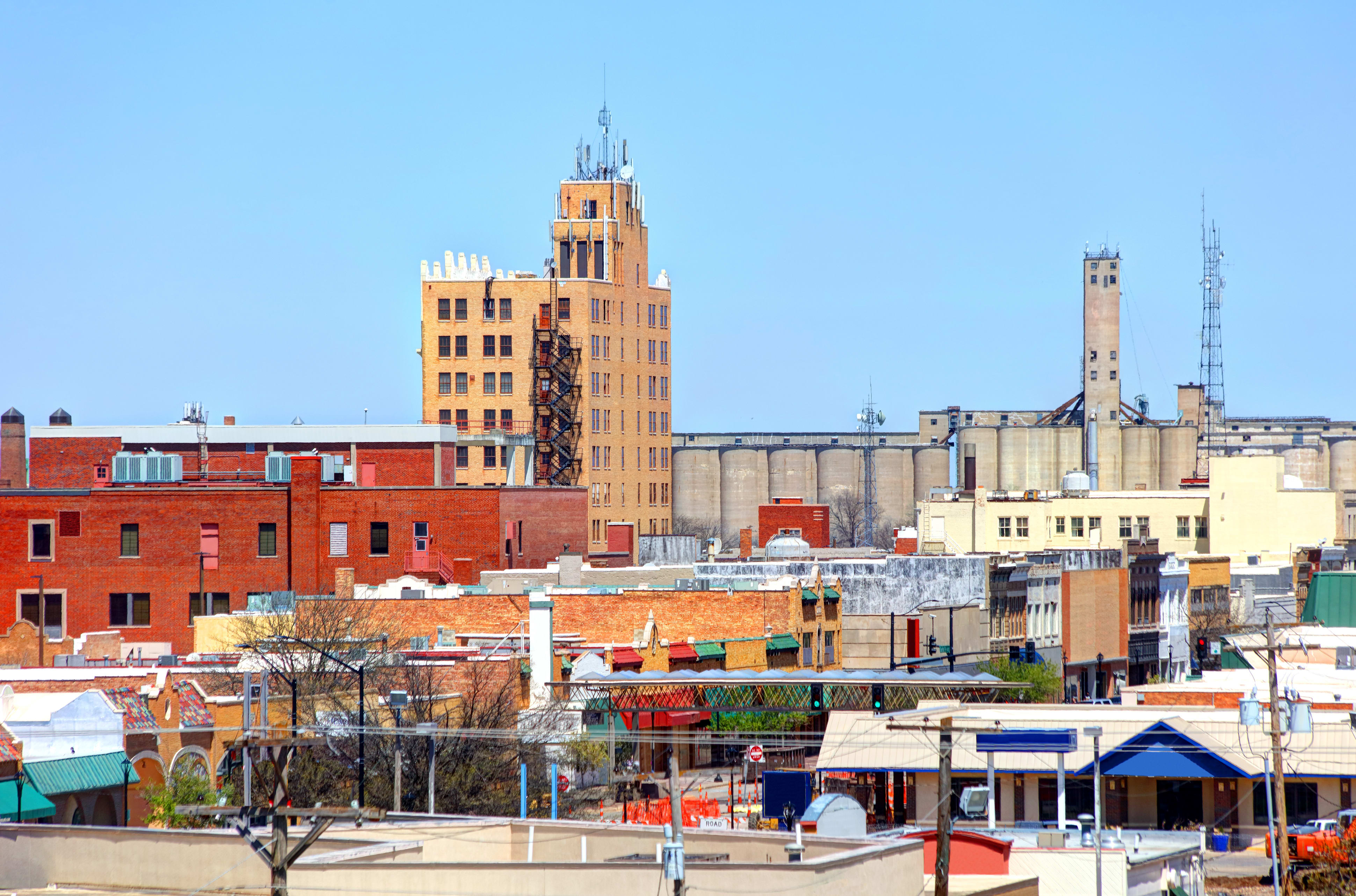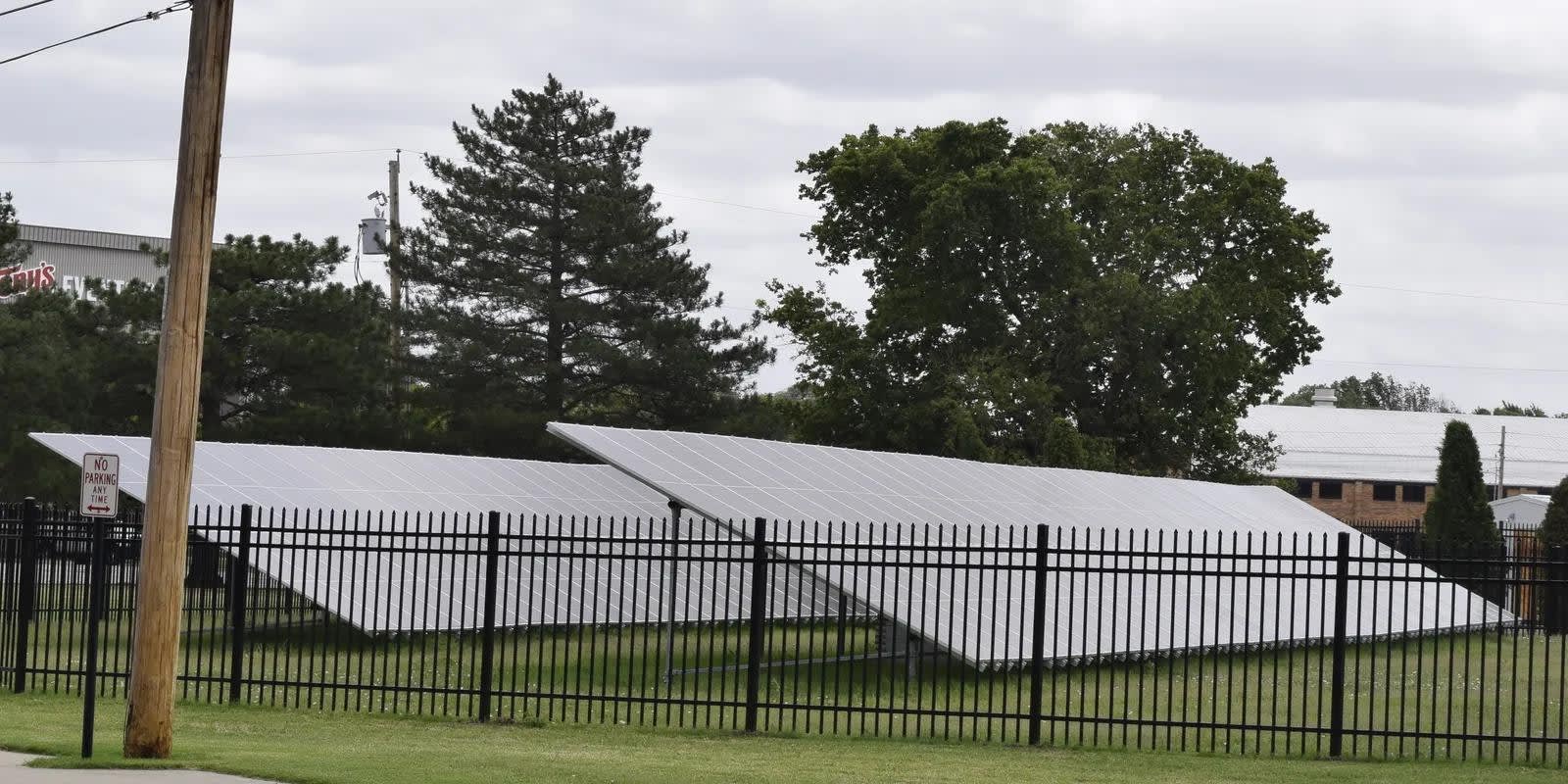ITC Funding Unlocks Sustainability Progress for the City of Salina

The City of Salina, located in the heart of Kansas, stands as a pivotal hub of culture and commerce in the central United States. Known for its rich historical heritage and thriving community, Salina offers a balanced blend of urban amenities and small-town charm. The city prides itself on a robust economic foundation, underscored by diverse industries ranging from agriculture and manufacturing to healthcare and education.
The city's leadership are committed to fostering quality of life through well-regarded public services, recreational facilities, and a vibrant arts scene, making it an attractive destination for residents and visitors alike.
Initiative Drivers for City of Salina
The City of Salina's decision to address deferred maintenance and invest in a strategic long-term plan was driven by several key factors. First and foremost, maintaining and improving infrastructure is critical to sustaining the city's economic vitality and ensuring the safety and well-being of its residents. By proactively managing its assets, Salina aimed to prevent costly emergency repairs and extend the lifespan of existing facilities. Additionally, enhancing energy efficiency and sustainability aligns with the city's commitment to environmental stewardship and reducing operational costs. This initiative also reflects Salina's dedication to delivering superior public services and amenities, which are paramount to attracting new businesses and residents.
To advance its commitment to operational efficiency, City of Salina initially began investigating several projects aimed at improving energy efficiency, capital recovery, and addressing deferred maintenance. This strategic initiative was designed to be implemented in a phased approach, ensuring manageable and incremental progress.
Project Funding
Securing the necessary funding for the extensive upgrade initiative was a critical component of the City of Salina's plan. Recognizing the importance of financial viability, the city explored multiple funding avenues to support the project. By utilizing diverse funding sources, the City of Salina ensures a robust and sustainable financial approach to its infrastructure upgrades, exemplifying a forward-thinking and fiscally responsible strategy.
Innovative Funding Sources Utilized by the City of Salina
The City of Salina implemented several innovative funding mechanisms to support its comprehensive upgrade initiative. These funding sources were pivotal in ensuring the financial feasibility and viability of the projects.
Energy Savings Performance Contracting (ESPC)
Salina utilized an ESPC through its partnership with Schneider Electric, which allowed the city to leverage the savings generated from energy efficiency improvements to offset project costs. This innovative funding model ensures that the city's budget is utilized effectively without placing undue strain on taxpayers.
Historical Tax Credit (HTC)
The HTC was leveraged specifically for the Smoky Hill Museum, listed on the National and State of Kansas Historic Registers. This funding opportunity is provided through the Kansas State Rehabilitation Tax Credit, which incentivizes investments in historic Kansas buildings.
Although the City of Salina does not pay taxes, it can sell tax credits. Typically, building owners have been able to sell them for 70-90% of the credit's value. Local banks, generally buying at the higher end, support the local economy. The city projected an average value of 80%.
Solar Investment Tax Credits (ITCs)
The new Direct Pay provisions passed in the Inflation Reduction Act mean federal ITCs are now available to cities. In other words, local governments can now receive a direct payment from the federal government for a portion of the cost of installing solar energy systems, allowing them to offset a significant portion of upfront investment.
Schneider Electric was able to assist the City of Salina in leveraging this funding for a solar installation at the Kenwood Cove aquatic park.
Energy Efficiency and Conservation Block Grant (EECBG) Funds
The EECBG funds are designed to assist municipalities in enhancing energy efficiency within their infrastructures. These grants provided additional financial resources to support the city's overarching goal of improving energy performance and operational efficiency across public buildings and facilities.
Project Scope
The project addresses a variety of needs across multiple facilities, with significant improvements at public safety locations, including upgrades to several fire stations. Each fire station had unique requirements, ranging from unit heaters and packaged equipment to boiler plant replacements, enhancing the efficiency and reliability of these critical services.
Public safety isn’t the only department to benefit. The Smoky Hill Museum, which houses artifacts representing local Kansas culture, received an overhaul of its heating and cooling system, ensuring better preservation of its collections and a more comfortable environment for visitors.
A major highlight of the project is the installation and updating of a Building Automation System (BAS) across eight facilities. This improvement ties together the entire city's operational staff, leading to more efficient management and more comfortable public spaces. Critical spots like the TPEC and the Animal Shelter were also upgraded, ensuring better conditions for both local tourism and animal care.
The solutions also focused on efficiencies like improved lighting and building envelope upgrades. Nearly 7,000 fixtures across 26 facilities were retrofitted with energy-efficient LED fixtures, reducing energy consumption and maintenance costs while enhancing illumination. Various buildings saw insulation upgrades and weatherization measures, further improving energy efficiency.

Kenwood Cove, a hub of activity throughout the summer and one of the largest electrical users in the city's portfolio, was another key focus. Despite its seasonal operation, its energy usage was significant. Schneider Electric engineers reviewed electrical rates and tariff implications, leading to the installation of a 74.5 kW (DC) solar photovoltaic system. This creative solution helped reduce energy consumption, offsetting 21% of Kenwood Cove's grid electricity usage.
A City Ready for the Future
The City of Salina's comprehensive infrastructure improvement initiative exemplifies a dedicated commitment to enhancing energy efficiency, sustainability, and operational excellence across a broad spectrum of municipal facilities. These strategic upgrades, encompassing advanced lighting solutions, HVAC system replacements, building envelope enhancements, and the integration of renewable energy sources, are poised to deliver substantial benefits to the community. By investing in these forward-thinking upgrades, the city not only ensures the longevity and reliability of its infrastructure but also promotes environmental stewardship and fiscal responsibility. Collectively, these efforts will significantly improve the quality of life for Salina’s residents, while setting a benchmark for future municipal projects.
For more information on how Schneider Electric helps public entities tackle their top priorities with utility savings, visit perspectives.se.com/government
